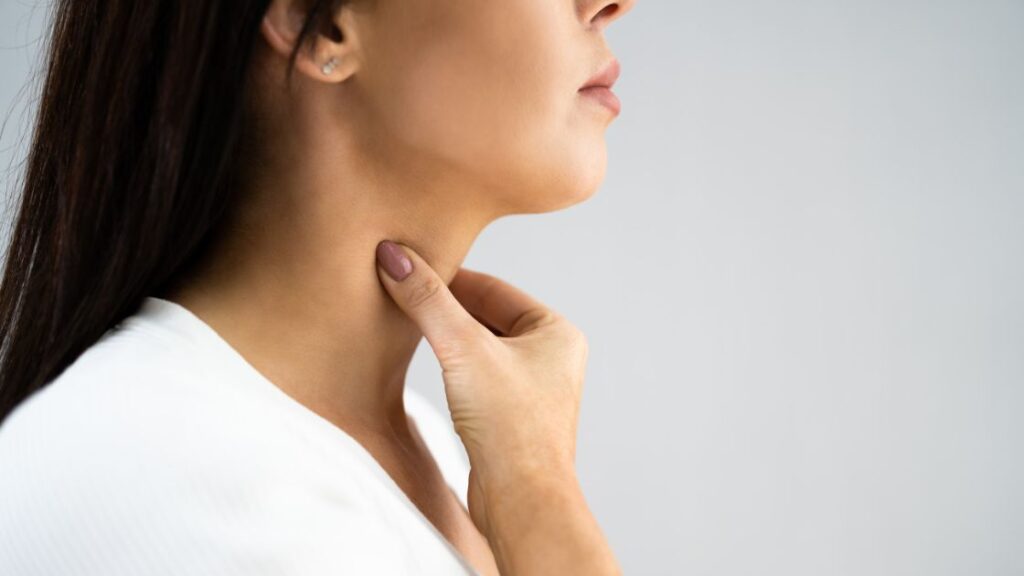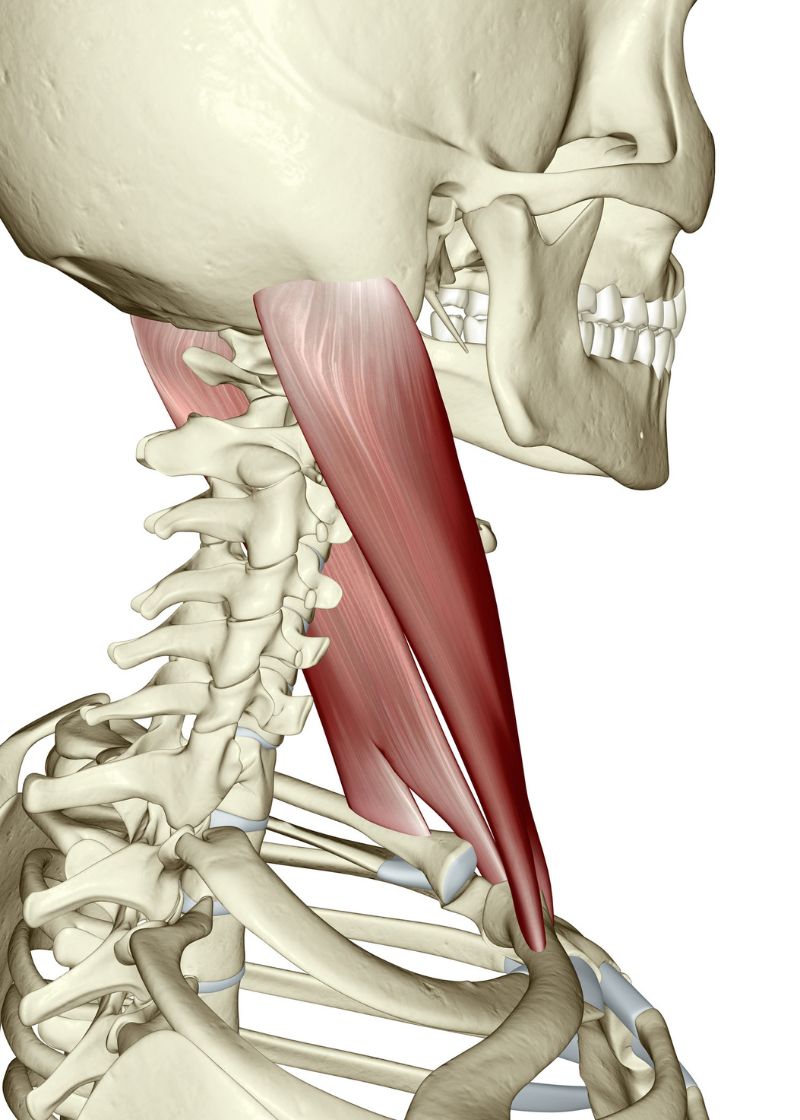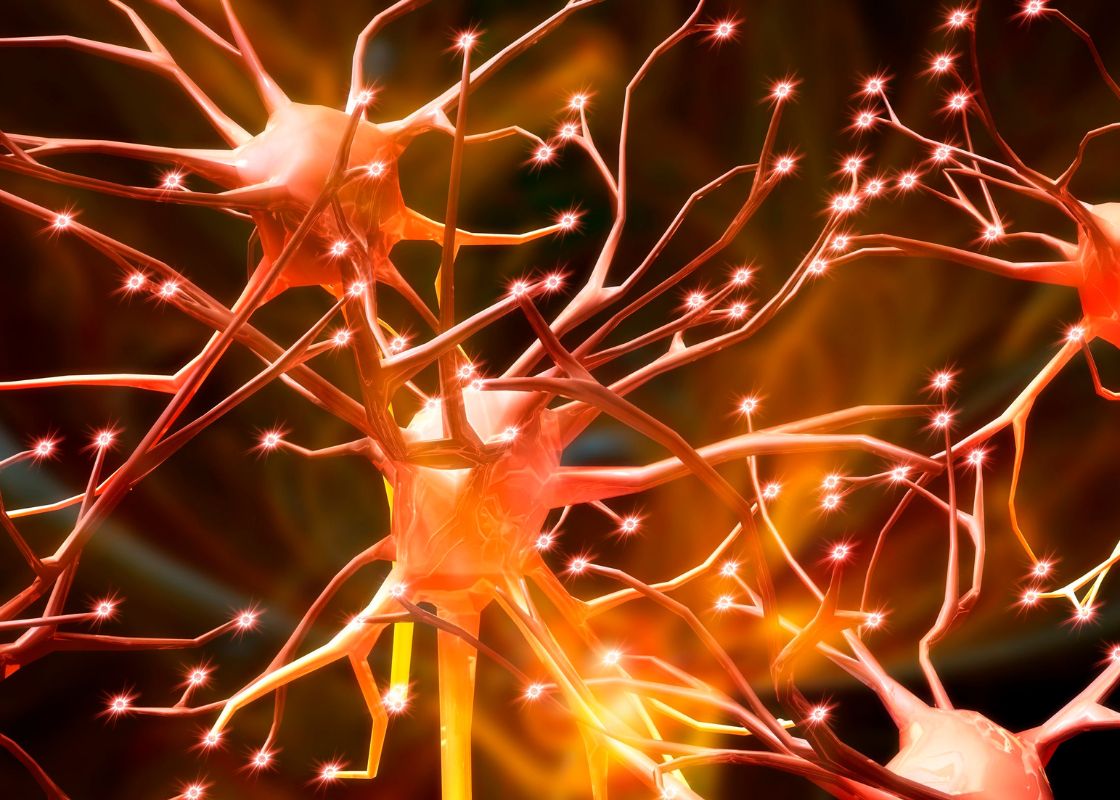Your Sternocleidomastoid and its Trigger Points

The sternocleidomastoid, named for the areas to which it attaches (the sternum, clavicle, and mastoid process), is one of the largest and most superficial neck muscles. While responsible for flexion, extension, and rotation of the neck, the SCM has other lesser known functions. Did you know that the SCM is one of the few muscles outside the head that is directly innervated to the brain? We’ll get more into that later.

Sternocleidomastoid Muscle
Trigger points, which are hyperirritable spots where cesspools of lactic acid cause restricted blood flow to the area, are often found in the SCM. The presence of trigger points in this muscle is commonly associated with headaches. They are also linked to a wide array of respiratory conditions such as sore throat, dry cough, sinus discomfort, and lung-related chest pain. More information on how SCM issues cause respiratory dysfunction can be found in this article.
Other side effects of myofascial trigger points in the SCM include sore/stiff neck; temporomandibular joint (TMJ) pain; difficulty swallowing; hearing difficulty; eye problems (excessive watering, reddening, blurred vision, poor perception of light, eyelid drooping), dizziness; and even fainting.
The SCM and the Brain

The SCM is supplied with nerves by the accessory nerve, also known as cranial nerve XI, and by the direct branches of the cervical plexus (C2-C3). Cranial nerve XI, through its connection to the SCM, is imperative to neck movement. Note that trapezius muscle is also innervated by this nerve, giving it a crucial role in shoulder movement as well.
The accessory nerve is additionally important for the inherent musculature of the larynx, which is one of the reasons why trigger points in the SCM can impact respiratory function and ability to swallow.
Injuries to the accessory nerve, while usually not much cause for concern, are common due to its size and superficiality. Trigger points in the SCM will most often cause limited range of motion and headaches.
Cervical plexus injuries, in contrast to cranial nerve XI injuries, can be more serious. Nerve compression in the cervical plexus can activate the sympathetic nervous system, which fires off the “fight or flight” response. This panic-inducing response is what can cause untreated trigger points in the SCM to cause symptoms such as blurred vision, vertigo, and fainting.
Most injuries to cranial nerve XI and the cervical plexus are a result of direct trauma to the area. This can come from something as innocuous as overstretching the neck and/or shoulders, to a more damaging accident such as a fall or automobile accident.
SCM Trigger Point Treatment

At Moyer Total Wellness, we implement a 4-step evidence based treatment plan to treat all types of musculoskeletal discomfort. This is what one can expect from a session targeting SCM trigger points:
Remove Painful Knots
When tender nodules are present in the SCM, it’s a given that the fibers of this muscle will be rife with adhesions. A combination of deep tissue massage and trigger point therapy will be the most effective treatment for this issue.
Lengthen Short Tissues
Knots are found in locked-short muscular tissue. After the adhesions are removed with deep tissue and trigger point therapy, the hyper-contracted SCM can be lengthened through assisted stretching.
It’s important to massage the SCM before going directly into stretching. Taking tight muscular tissue past its limits can lead to further injury.
Mobilize Affected Joints
After stretching the SCM, joint range of motion exercises can be applied to increase mobility. While holding the patient’s head in place, the therapist can assist flexion, extension, and rotation of the neck.
Strengthen Weak Muscles
When the SCM is knotted and locked-short, its antagonist muscle becomes overstretched and weak. The SCM’s antagonist muscle is the splenius capitis, a deep muscle on the back of the neck. Watch the video below to learn some exercises you can practice at home to strengthen the splenius capitis:
Don’t Ignore Neck Pain
As stated earlier, most injuries to the SCM and the nerves associated with it are relatively easy to treat. Knotted and hypercontracted tissues contribute to mobility issues, as well as weakness in surrounding muscle groups. Don’t let your functionality be impaired by skipping treatment!
In the case of a more critical injury to the neck, be sure to see your doctor before determining if deep tissue and trigger point therapy will be the safest means of preventing more serious symptoms.
Flex, extend, and rotate to your fullest!

Katrina Jenkins
Author, Licensed Massage Therapist
Katrina Jenkins graduated from Towson University in 2013 with a Bachelor’s Degree in Health Science and worked as a nurse’s aide briefly before pursuing her true passion. She graduated from the Massage Therapy Institute of Colorado in April 2016 with honors and completed the Touch of Healers Scholarship Program the following summer. She has been a part of the Moyer Total Wellness Team since the summer of 2017.
Resources
Aghoghovwia, B. (2023). Cervical plexus. [online] Kenhub. Available at: https://www.kenhub.com/en/library/anatomy/cervical-plexus.
Bordoni, B., Reed, R.R., Tadi, P. and Varacallo, M. (2020). Neuroanatomy, Cranial Nerve 11 (Accessory). [online] PubMed. Available at: https://www.ncbi.nlm.nih.gov/books/NBK507722/.
Karunaharamoorthy, A. (2022). Sternocleidomastoid muscle. [online] Kenhub. Available at: https://www.kenhub.com/en/library/anatomy/sternocleidomastoid-muscle.
Kenhub (2016). Splenius capitis muscle. [online] Kenhub. Available at: https://www.kenhub.com/en/library/anatomy/splenius-capitis-muscle.
Perry, Dr.L. (2013). Sternocleidomastoid Trigger Points: Master of the Migraine | TriggerPointTherapist.com. [online] TriggerPointTherapist.com. Available at: https://www.triggerpointtherapist.com/blog/sternocleidomastoid-pain-scm/sternocleidomastoid-trigger-points-migraine/.
Physiopedia (2010). Sternocleidomastoid. [online] Physiopedia. Available at: https://www.physio-pedia.com/Sternocleidomastoid.
Physiopedia contributors (2009). Trigger Points. [online] Physiopedia. Available at: https://www.physio-pedia.com/Trigger_Points.
Photo Credit
Canva by AndreyPopov
Canva by Science Photo Library
Canva by Science Photo Library
Canva by photology2000
